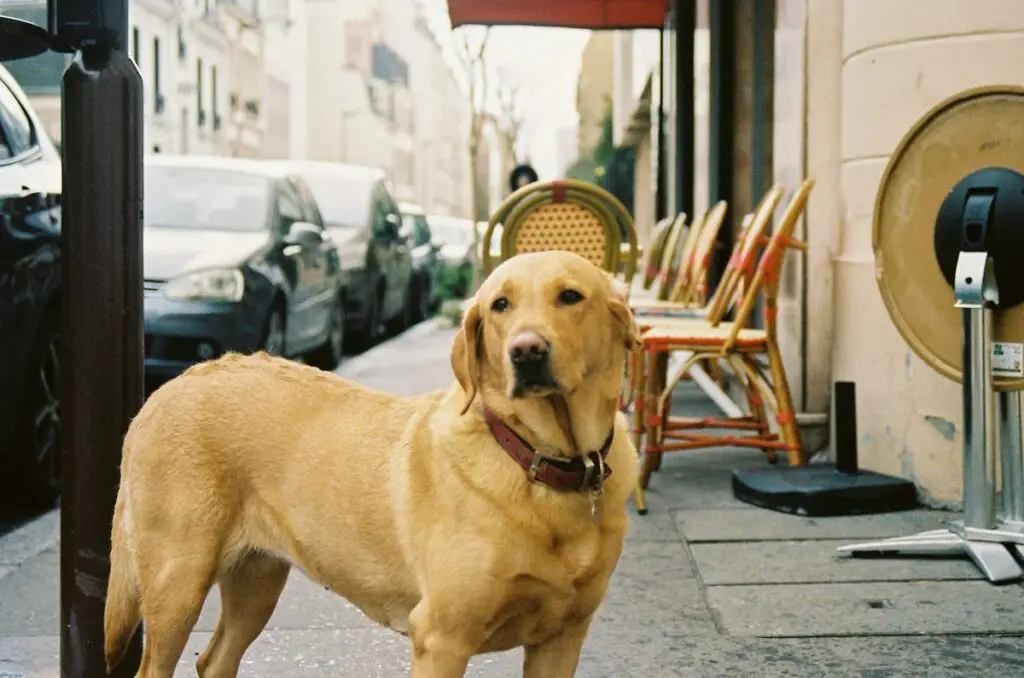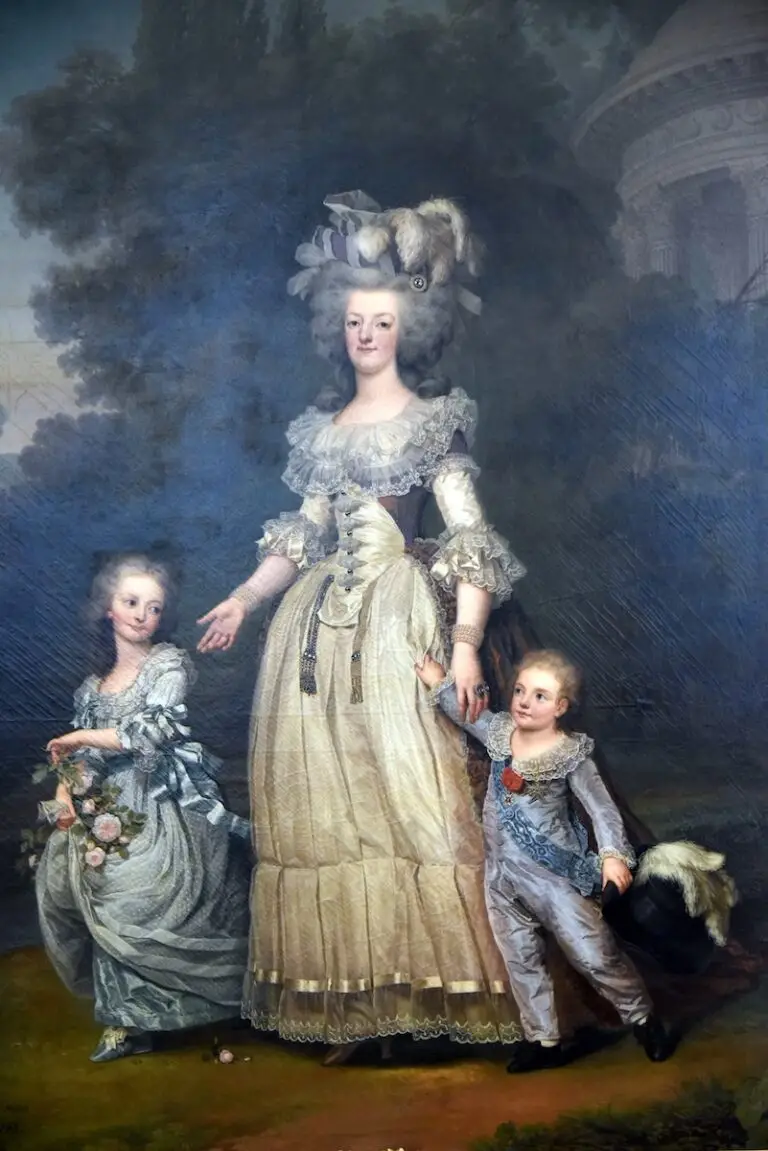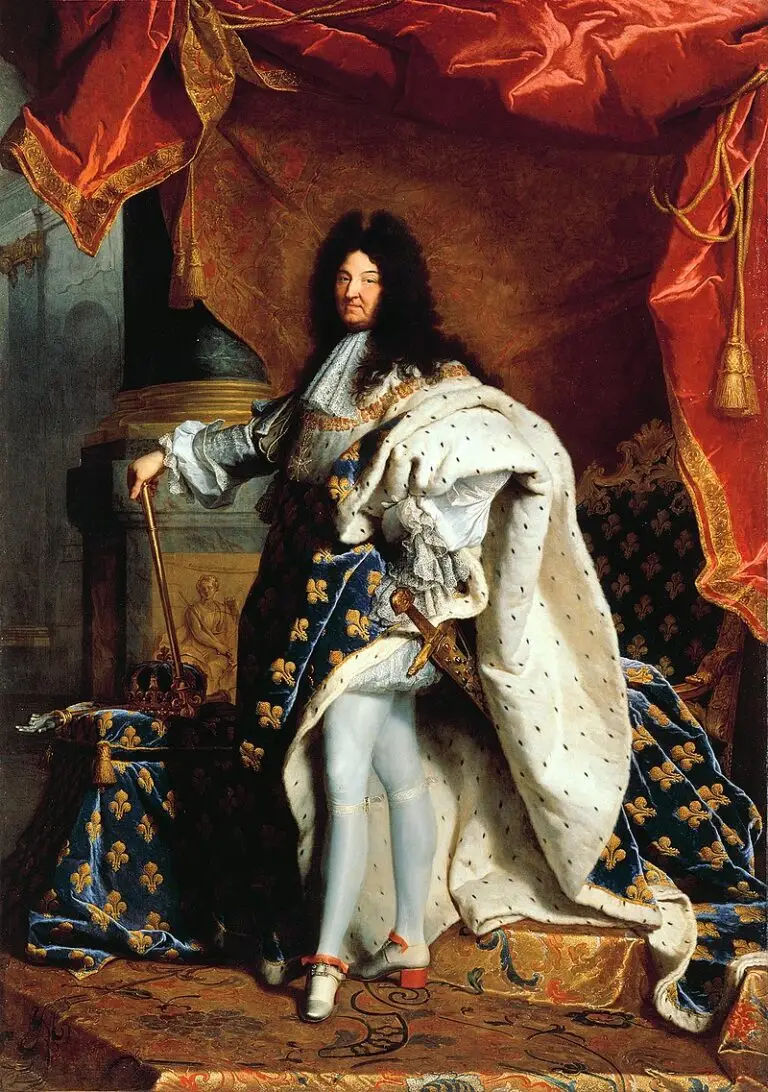Delve deeper into canine history in the Royal Kennels of Versailles.
I still remember the shock on my face when I first discovered that Louis XIV’s beloved hunting dogs lived better than most 17th-century humans! When we bought and renovated our AirBnB, the former owner of the space casually mentioned that the Sun King’s 300+ dogs once occupied their own palatial residence just steps from the famous château. I couldn’t help but laugh – even the royal pups lived in luxury!
The Grand Chenil: A Palace for Pooches
You might think I’m exaggerating, but the Grand Chenil (Royal Kennels) of Versailles was truly extraordinary. When Louis XIV established his court at Versailles in 1682, he didn’t just build a doghouse – he commissioned an entire complex along the Avenue de Paris.
As a lifelong dog lover with a particular fascination for historical estates, I’ve visited many royal residences across Europe. But nothing compares to the scale and luxury that Versailles offered its four-legged residents. The kennels weren’t merely functional spaces; they represented the king’s passion for hunting and his deep affection for his canine companions.
The Grand Chenil featured:
- The Hôtel du Grand Veneur (the Grand Huntsman’s residence)
- Luxurious quarters for kennel officers
- Extensive stables
- Specialized training facilities
- Technical buildings for dog care and maintenance
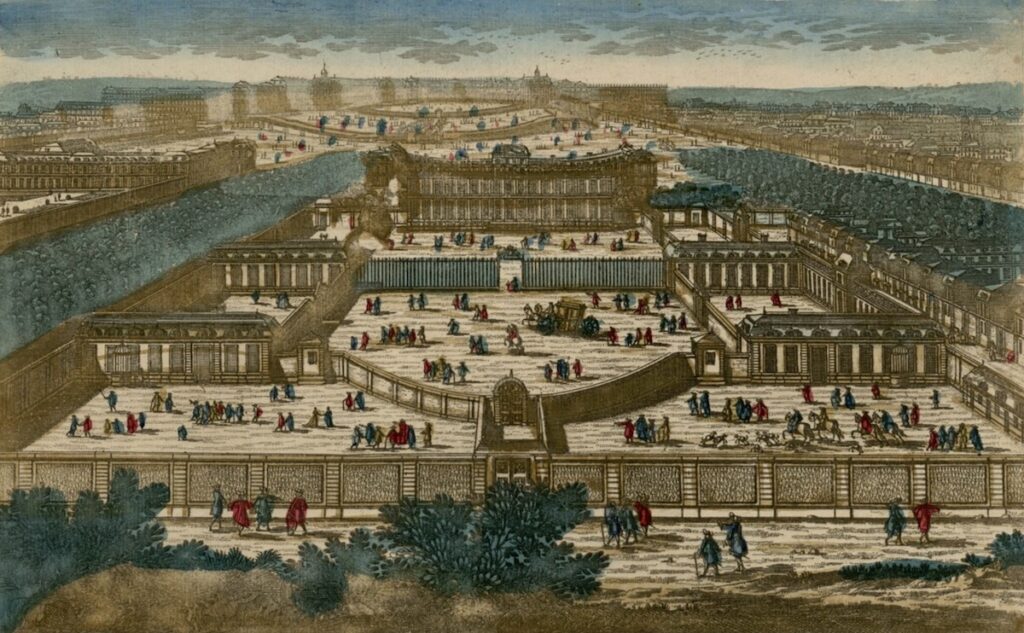
The 300 Royal Hunting Dogs: Elite Canine Athletes
Let me tell you, these weren’t your average backyard companions! Each of Louis XIV’s 300 hunting dogs underwent careful selection, breeding, and training. These dogs were essentially the elite athletes of their day, with specialized crews managing their care and training.
I took a look deeper into the historical documents about the kennels, what struck me most was Louis XIV’s personal involvement with his dogs. Every morning, the Sun King would distribute specially prepared dog biscuits to his favorites. Can you imagine being the baker tasked with creating treats worthy of royal canines? Talk about pressure!
This daily ritual wasn’t just about spoiling pets – it reinforced the importance of hunting in courtly life. Hunting wasn’t merely recreation for French aristocrats; it was a centuries-old tradition dating back to the Carolingian era. By Louis XIV’s time, it had become an essential demonstration of nobility, skill, and power.
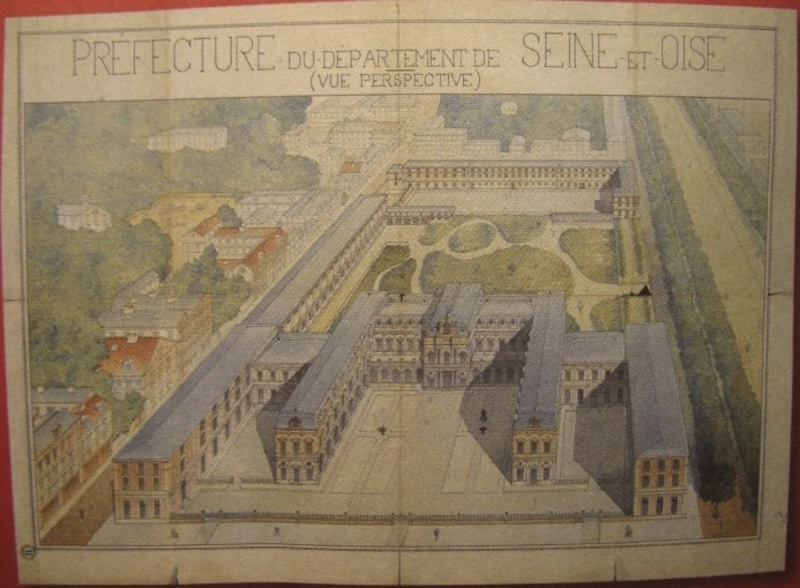
From Royal Kennels to Government Offices
Oh, the irony! What fascinates me most about historical buildings is how they adapt through political changes. The Grand Chenil’s journey from dog palace to government building captures France’s evolution perfectly.
The French Revolution brought massive upheaval (as revolutions tend to do!), and the kennels’ prominence faded alongside the monarchy. I’ve always found it poignant how quickly symbols of power can transform. By the early 19th century, even Napoleon briefly revived the kennels for imperial hunts around 1810, showing his desire to connect with royal traditions despite revolutionary ideals.
The real transformation came in 1861 when the Prefecture of Seine-et-Oise purchased the former kennels for 900,000 francs (approximately $6-7 million today). Yep, you read that right: $6-7 million dollars! What a steal!!
The state held a competition to design a new building since the kennels had fallen into disrepair, and architect Amédée Manuel won the commission.
The Legacy Lives On: Why This Matters Today
Walking past the prefecture building today, you’d never guess its canine connection. Yet when my husband and I purchased our apartment nearby, local rumors about the royal kennels immediately caught my attention. While maps and historical positioning support these stories, the exact connections remain tantalizingly mysterious.
I’ve spent countless evenings imagining those hundreds of dogs barking and training where bureaucratic offices now stand. The transformation from royal kennels to administrative hub perfectly illustrates how societies repurpose spaces as values change. The lavish accommodations once devoted to dogs now serve the public through government services – a fitting evolution in post-revolutionary France.
What makes the Grand Chenil’s history particularly relevant today is how it reflects our changing relationship with animals. While we might find it excessive to house hundreds of hunting dogs in palace-like conditions, modern pet owners often spare no expense for our furry companions. Some things never change!
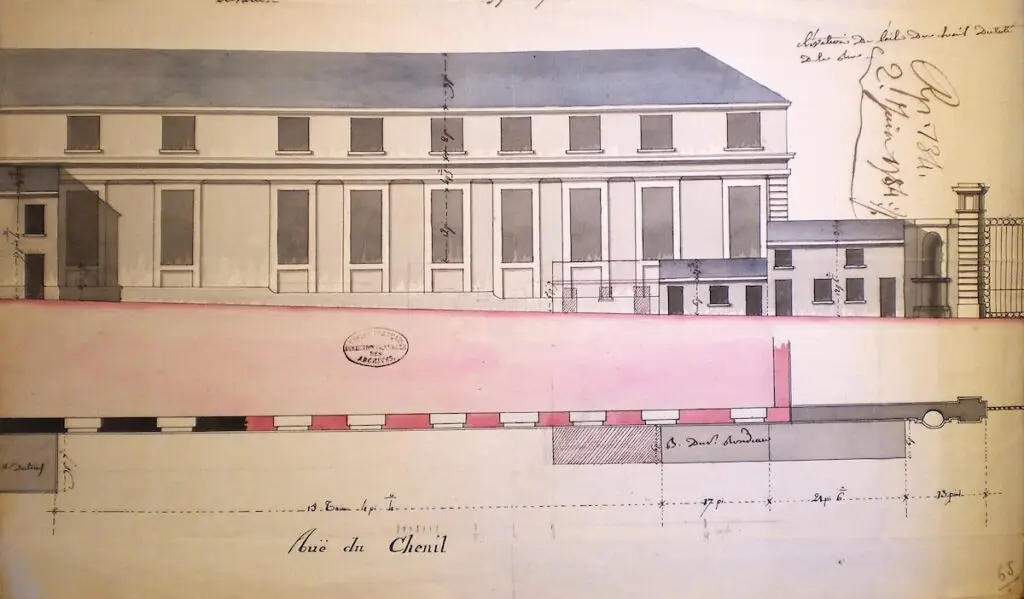
Conclusion: Finding History in Unexpected Places
The next time you visit Versailles, I encourage you to look beyond the main palace. The Grand Chenil’s story reminds us that history isn’t just about grand monuments – it’s about everyday activities, passions, and relationships, even those with our four-legged friends.
Author’s Note: While researching this article, I’ve relied on historical documents and local knowledge. If you have additional information about the Royal Kennels of Versailles, please share your insights!
FAQs
-
Where were the Royal Kennels in Versailles?
The Grand Chenil was located along Avenue de Paris, Versailles, just outside the palace grounds. This expansive facility was a key part of the royal court’s hunting traditions, serving as a home to hundreds of highly trained dogs.
-
What is the Grand Chenil in Versailles?
The Grand Chenil was the official Royal Kennels of Versailles, established under Louis XIV to house and train his elite hunting dogs. It was a grand facility that played a crucial role in Versailles dog history before being repurposed in the 19th century.
-
What happened to the Grand Chenil after the fall of the monarchy?
Following the French Revolution, the role of the Grand Chenil diminished as hunting became less central to aristocratic life. By 1861, the site was sold to the Prefecture of Seine-et-Oise, which demolished the kennels and built an administrative government building in its place.
-
Can visitors see any remains of the Grand Chenil today?
While the original Grand Chenil no longer exists, visitors can explore the Prefecture of Seine-et-Oise, which now occupies the site. Walking along Avenue de Paris, Versailles, one can imagine the grandeur of the past, where royal hounds once roamed under the king’s watchful eye.
A Lasting Legacy of Dogs, History, and Culture
The Royal Kennels of Versailles may have faded into history. Still, their legacy endures in the stories of Louis XIV’s hunting dogs, the Grand Chenil’s opulence, and the lasting influence of French dog-naming traditions. Whether through exploring historical sites in Versailles or embracing centuries-old traditions when naming a new pet, this fascinating chapter of Versailles’ dog history continues to connect past and present.
